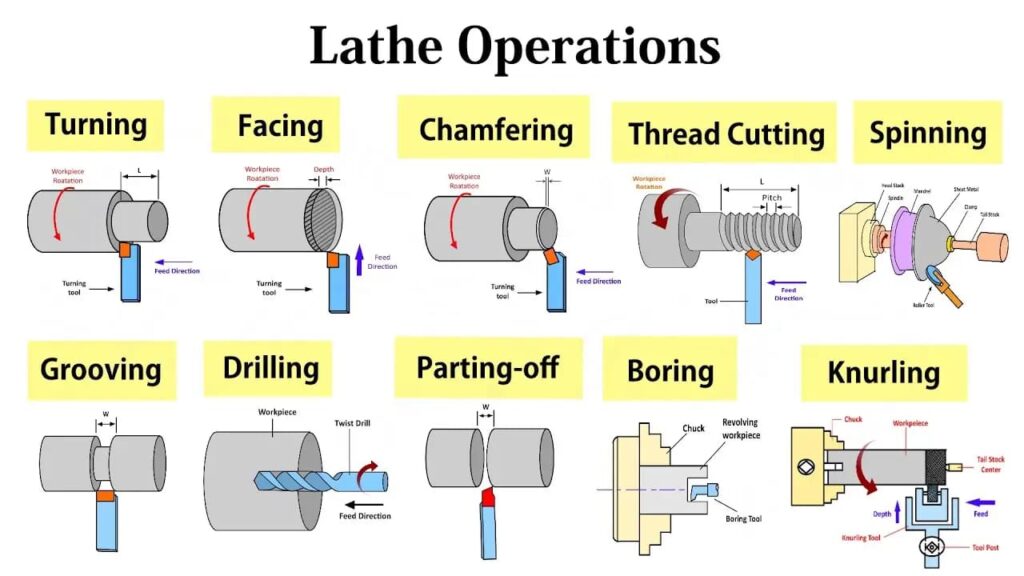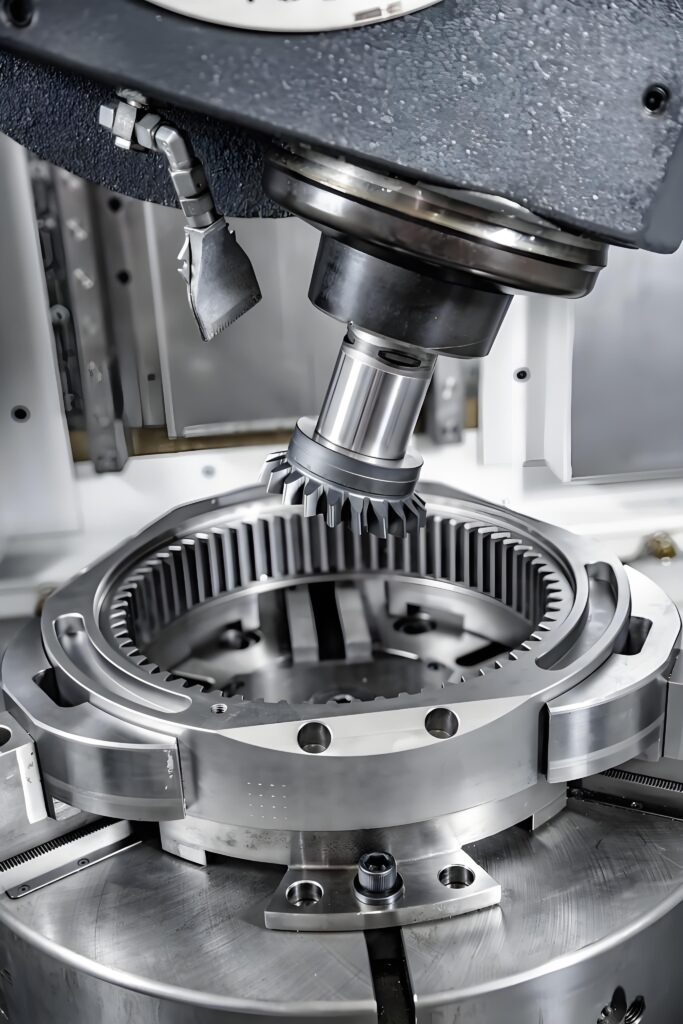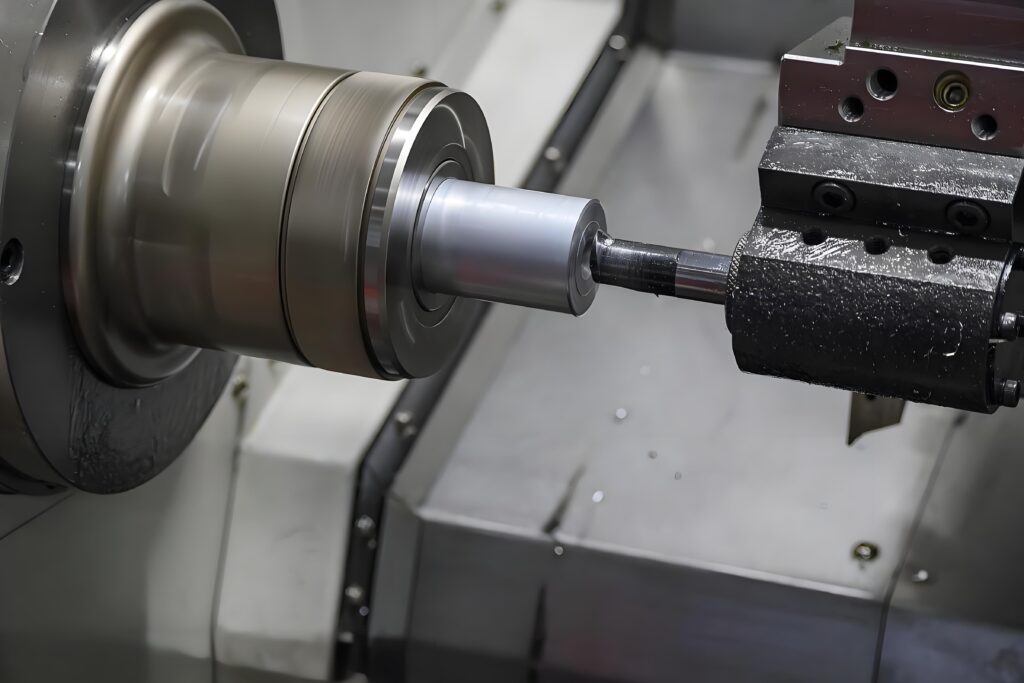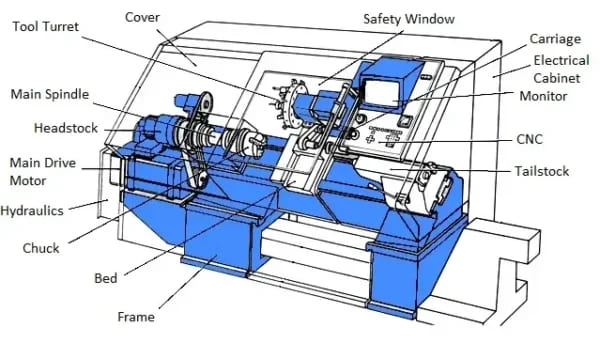CNC Turning vs. Manual Turning: Which One Should You Choose? A Must-Read!
In the field of mechanical processing, CNC turning and manual turning are two common processing methods, each playing a unique role. With the development of science and technology, CNC turning has been widely used in spare parts manufacturing and prototype design with its many significant advantages. But manual turning still occupies an irreplaceable position in certain specific projects.
Many users are often confused when faced with the choice of turning processing methods and do not know how to make the best decision. This article will introduce the characteristics of these two processing methods in depth and detail to help users make a more informed choice.
I. What is CNC Turning?
CNC turning is a special type of CNC machining, which refers to a special subtractive machining process in which the final part or material is rotated at high speed and the tool shaves the material precisely.

2. Advantages of CNC Turning
1.High precision
CNC turning has extremely high precision. Since the machine strictly follows the computer program to operate, it can accurately control the tool’s motion trajectory and cutting parameters, thereby ensuring the accuracy of the parts.
2.High output
A large number of parts can be produced in a short time, which can efficiently meet the needs of large-scale production.
3.Less labor
The high degree of automation reduces the dependence on a large number of laborers and reduces labor costs.

4.Fewer errors
Unlike manual turning, CNC turning relies on software rather than manual labor, so it can effectively prevent many errors from occurring. Computer programs can accurately control the processing process and avoid errors caused by human factors, such as dimensional deviation, inaccurate shape, etc.
5.Continuous operation
It can work continuously 24 hours a day, which can meet the needs of urgent orders and large-scale production.
3.Characteristics of manual turning
1.Similar operation process
The manual turning process is similar to CNC turning, where the material is rotated by the lathe while the tool shapes it to fit the project specifications. But in manual turning, shaping requires close assistance from the operator.
2.High experience requirement
The manual lathe technician should have experience in handling different materials, as each material requires a special approach.

4.Considerations for choosing between CNC turning and manual turning
1.Comparison of the characteristics of CNC lathes and manual lathes
Although CNC lathes are more expensive and complex than manual lathes, machine quality is crucial. Some companies choose cheap CNC lathes to save money, which may affect the project due to insufficient functions. Manual lathes are cheaper and less complex, but low-quality manual lathes may produce inappropriate results regardless of the operator’s experience. Overall, high-quality manual lathes are usually better than cheap CNC lathes.

2.Applicable scenarios of CNC turning and manual turning
Advantage scenarios of CNC turning: When there are batch production orders, CNC turning is the best choice because it can quickly produce thousands of identical parts.
Applicable scenarios of manual turning: Manual turning is suitable for small-batch projects that need to manufacture single or detailed parts. In this case, the time spent setting up and programming the CNC machine may be offset by the small batch demand.
conclude
When deciding which turning method to use, it is important to fully evaluate the project requirements. If you need to produce a large number of identical spare parts, CNC turning is undoubtedly the perfect choice; if you need to manufacture a single, complex part with many details, manual machining is more appropriate.
If you are looking for an experienced CNC machining manufacturer, Xavier is undoubtedly your best choice. The Xavier team is well-equipped to provide you with high-quality CNC machining solutions to fully meet your personalized machining needs. Please feel free to contact us.
